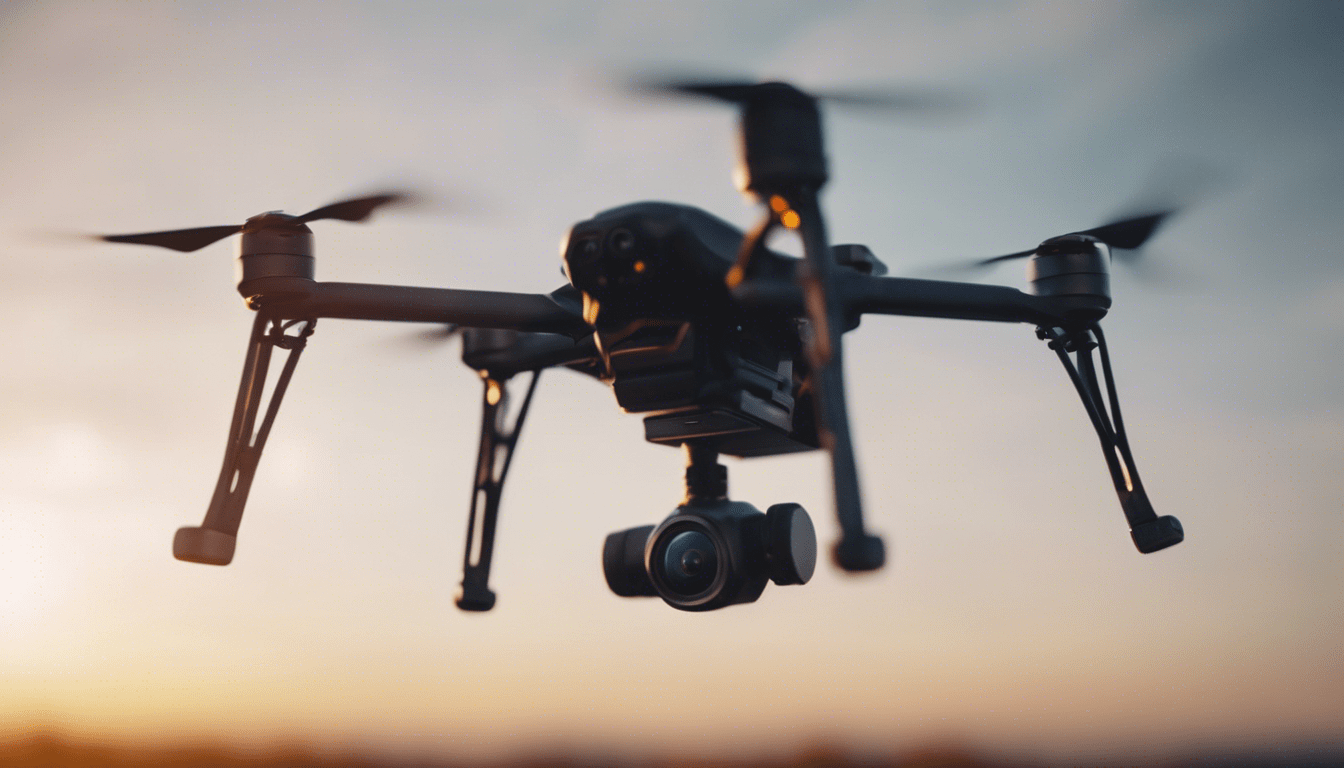
SQL for Drone Data Analysis
Drones have become increasingly popular in recent years, not only for recreational use but also for commercial purposes such as photography, agriculture, construction, and more. With the growth of drone usage, there’s a growing need for effective ways to analyze the vast amounts of data captured by these flying machines. SQL, or Structured Query Language, is a powerful tool that can help you manipulate and analyze drone data.
SQL is a programming language that is used to manage and query data stored in relational databases. It can be used to perform a range of tasks from simple data retrieval to complex data analytics. If you are dealing with drone data stored in a database, understanding SQL can help you extract valuable insights from that data.
Here’s a beginner’s guide to using SQL for drone data analysis:
Understanding the Basics of SQL
Before we dive into the specifics of drone data analysis, let’s quickly go over some basic SQL concepts:
- SQL Databases: A database is an organized collection of data. In SQL, a database is made up of one or more tables.
- Tables: These are like spreadsheets within a database. Each table has columns (fields) and rows (records).
- Columns: These are the individual fields within a table that define the data type and hold the data.
- Rows: Each row in a table represents a single record, which is a unit of data with values for each column.
- Queries: A query is a request for data or information from a database table or combination of tables. This can be as simple as retrieving all the data from one table, or as complex as joining multiple tables and applying filters.
SQL Syntax
SQL uses a declarative syntax to perform operations on data. Here’s an example of a simple SQL query:
SELECT * FROM drones;
This query selects all columns and rows from the ‘drones’ table.
Analyzing Drone Data with SQL
Now, let’s look at how you can apply SQL to analyze drone data. Imagine you have a database called ‘DroneData’ that contains several tables including ‘Flights’, ‘Images’, and ‘Sensors’. Here’s how you might use SQL to answer some common questions:
- How many flights took place on a certain date?
SELECT COUNT(*) FROM Flights WHERE date = '2021-01-01';
This query counts the number of flights on January 1, 2021.
- Which drone captured the most images?
SELECT drone_id, COUNT(*) AS image_count FROM Images GROUP BY drone_id ORDER BY image_count DESC LIMIT 1;
This query groups the images by drone_id, counts them, and orders them to find the drone with the most images captured.
- What is the average temperature recorded by sensors during flights?
SELECT AVG(temperature) FROM Sensors;
This query calculates the average temperature recorded by all sensors.
Joining Tables for In-Depth Analysis
Sometimes the data you need is spread across different tables. To bring this data together for analysis, you can use JOIN statements in your queries. For instance:
SELECT Flights.flight_id, COUNT(Images.image_id) AS image_count FROM Flights JOIN Images ON Flights.flight_id = Images.flight_id GROUP BY Flights.flight_id;
This query retrieves the number of images taken during each flight by joining the ‘Flights’ and ‘Images’ tables on the common field ‘flight_id’.
Tips for Beginners
- Start by understanding your database schema – know what tables exist and how they’re related.
- Practice writing basic SELECT queries before moving onto more complex operations.
- Use aggregation functions like COUNT(), AVG(), MAX(), MIN(), and SUM() to perform calculations on your data.
- When working with large datasets, be mindful of performance. Indexing appropriate columns can speed up your queries.
In conclusion, learning SQL can dramatically improve your ability to analyze drone data. With practice, you’ll be able to write queries that reveal patterns, trends, and insights that could be invaluable to your project or business. Start small, keep practicing, and soon you’ll be an SQL pro!


